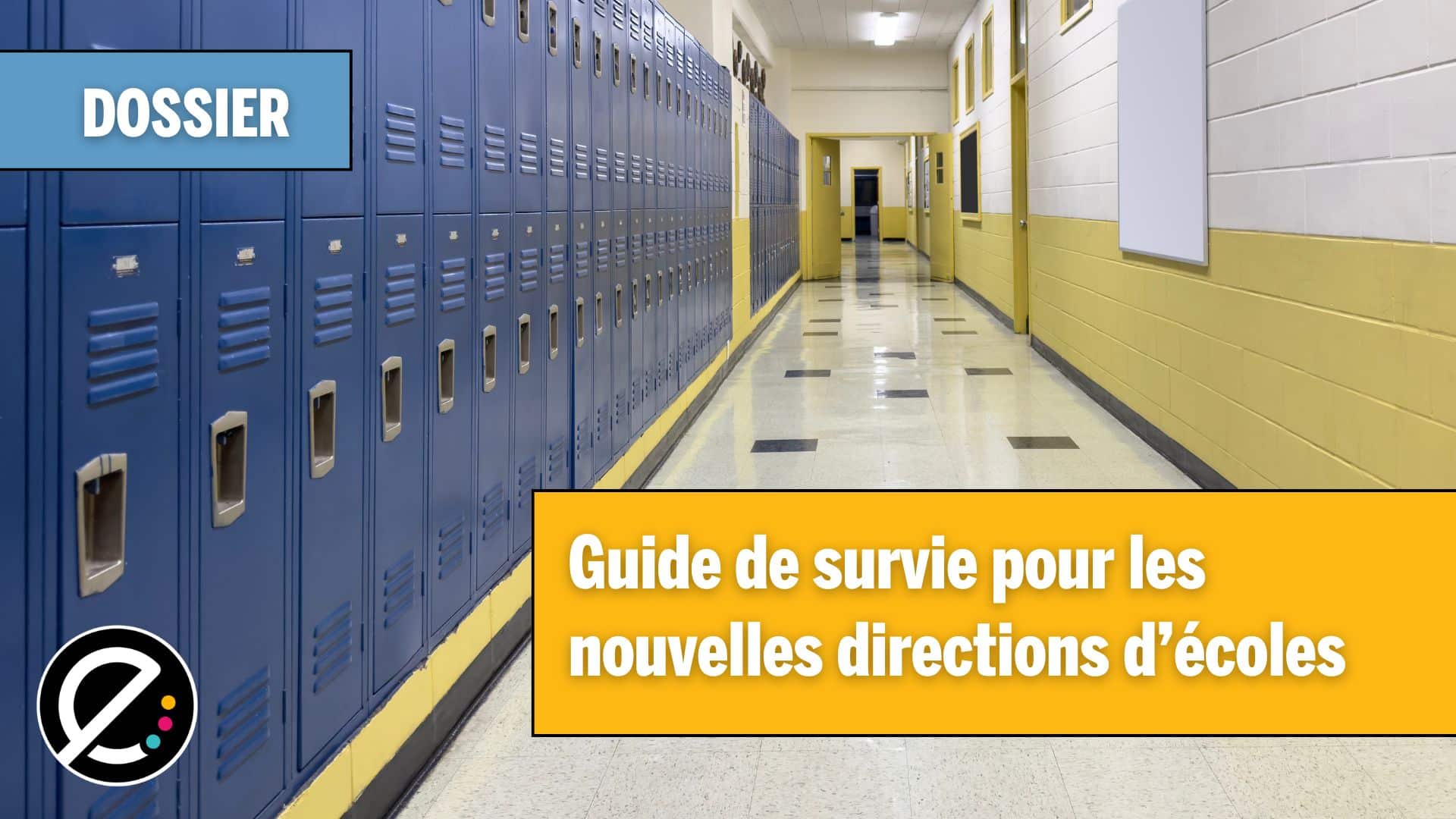Les données probantes impliquent d’identifier par la recherche scientifique les pratiques qui fonctionnent, mais aussi celles qui ne fonctionnent pas. On s’y intéresse de plus en plus en éducation. Retour sur certaines pratiques éprouvées.
L’utilisation des données probantes, qui est reconnue depuis le début des années 1990 dans le domaine médical, est aussi de plus en plus discutée en éducation, particulièrement depuis la publication en 2009 de la fameuse méta-analyse Visible Learning, du chercheur australien John Hattie.
En résumé, selon le CTREQ, l’utilisation de données probantes en éducation « encourage le praticien à s’appuyer sur des preuves scientifiques connues pour prendre la décision clinique qui semble la plus efficace et adaptée aux besoins du patient ».
On peut d’ailleurs lire, dans le dossier Les données probantes et les méta-analyses en éducation du CTREQ, que « l’idée de départ du mouvement (…) consistait à réduire l’emprise des modes ou tendances sur le monde de l’éducation, en préconisant le recours à des pratiques réputées efficaces, soit celles qui fonctionnent le mieux. Initialement, le discours sur les données probantes n’était pas directement adressé aux enseignants, mais aux chercheurs en éducation, pour que ceux-ci produisent des connaissances transférables en pratique. »
Les données probantes impliquent d’identifier les pratiques qui fonctionnent, mais aussi celles qui ne fonctionnent pas. « Il existe un risque de dérapage si l’on présente les données probantes comme la vérité, au mépris des variantes locales », estime à cet effet Frédéric Saussez, professeur agrégé de la faculté d’éducation à l’Université de Sherbrooke, cité un dans un reportage du magazine Québec Science. Il croit d’ailleurs que « la science ne doit pas dire quoi faire au politique, mais quoi ne pas faire ».
Quelques exemples de pratiques issues de données probantes
Prenant cela en compte au niveau des pratiques en classe, que peut représenter l’enseignement basé sur les données probantes? Voici quelques exemples parmi ceux répertoriés par le CTREQ :
- Pour chaque jour d’enseignement, rédiger un plan des objectifs d’apprentissage visés, plutôt qu’un plan des tâches et activités.
- Fournir aux apprenants une connaissance de base d’une notion pour qu’ils puissent l’approfondir par la suite, en combinant l’explication auditive et la schématisation visuelle pour établir les liens entre les éléments d’information.
- Avant de poursuivre l’enseignement, s’assurer que les apprenants ont bien compris les bases de la notion. Ce peut être en demandant aux élèves de valider leur compréhension entre eux.
- Favoriser la rétroaction : les commentaires les plus constructifs sont ceux qualifiant le travail de l’élève et lui indiquant ce qu’il peut faire pour l’améliorer.
- Structurer le travail d’équipe pour apprendre avec ses pairs.
- Préparer l’apprenant à choisir les meilleures stratégies à utiliser et à ajuster ses stratégies lorsqu’elles ne fonctionnent pas.
Ce sujet vous intéresse?
- Consultez ce dossier complet du CTREQ en ligne.
- Vous pouvez également lire nos articles sur la rétroaction pour en savoir plus sur cet aspect spécifique.
- L’Ontario a aussi produit une série de fascicules Faire la différence : de la pratique à la recherche dans lesquels on souligne des pratiques prometteuses issues de la recherche et mises en œuvre dans les classes.
- L’AQEP propose l’article Les pratiques probantes en enseignement au service du développement de la compétence à écrire.
- Nuancer les données probantes en éducation : le cas de l’enseignement de l’écrit, par François Vincent (Unversité du Québec en Outaouais)
- La science peut-elle définir l’école idéale? un reportage de Québec Science.






